Animal Life news stories
Fossil tracks found in southern Africa, push the potential evolution of the first birds back to 210 million years ago – during the Triassic (252–201 million years ago), the first epoch of the “Age of Dinosaurs.”
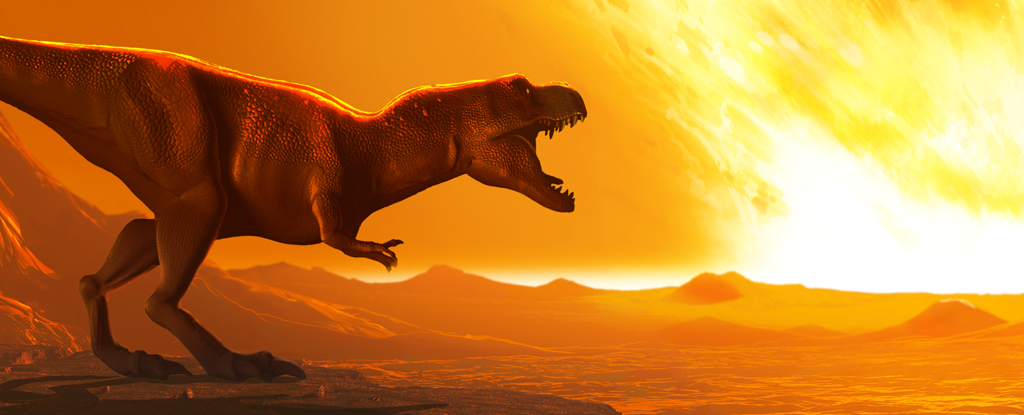
A new analysis by an international team of researchers has added evidence to claims that the world prior to the asteroid blow was anything but paradise, with measures of sulfur in the atmosphere reaching critical levels.
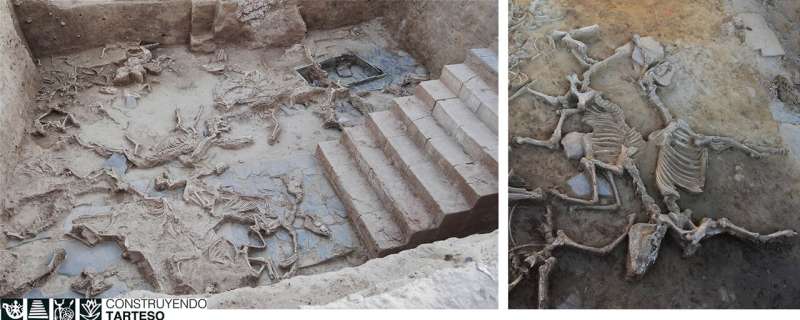
Archaeological sites with evidence of major animal sacrifices are rarely known from the Iron Age of the Mediterranean region, and there is a gap between information offered by written sources and by the archaeological record. This makes it difficult to establish a clear understanding of the patterns and protocols of this practice. See the study here.
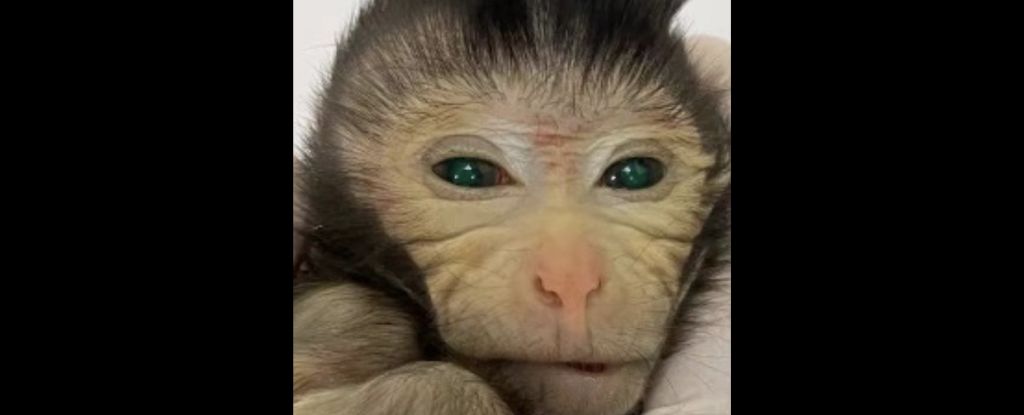
Scientists in China have announced the birth of a primate like no other, with eyes that shined green and fingertips that glowed yellow – and those were just the observable features. The study was published in Cell.
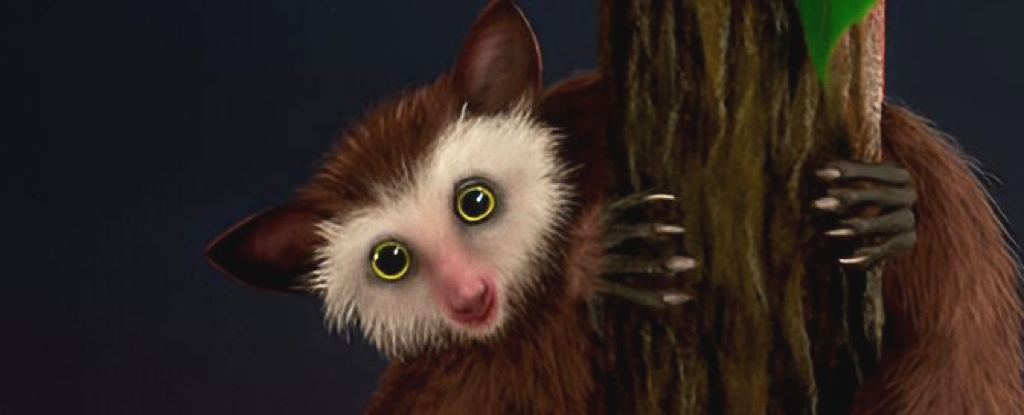
A mysterious primate appeared in North America 30 million years ago, long after the continent’s native primates had died out and even longer before the next big influx of primates – humans – would arrive. The study was published in the Journal of Human Evolution.
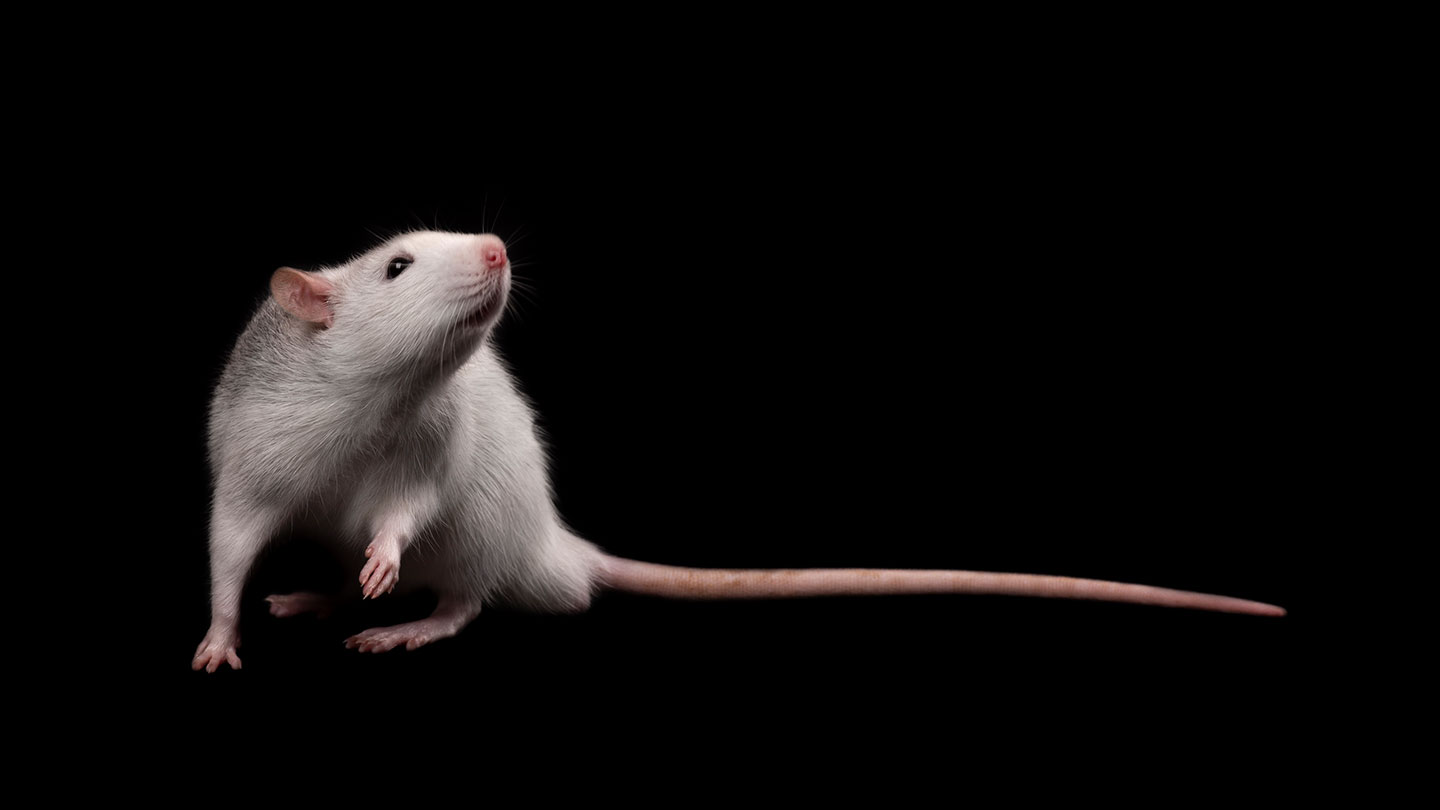
Like tiny, hairy Yodas raising X-wings from a swamp, rats can lift digital cubes and drop them near a target. But these rats aren’t using the Force. Instead, they are using their imagination. See the study here.
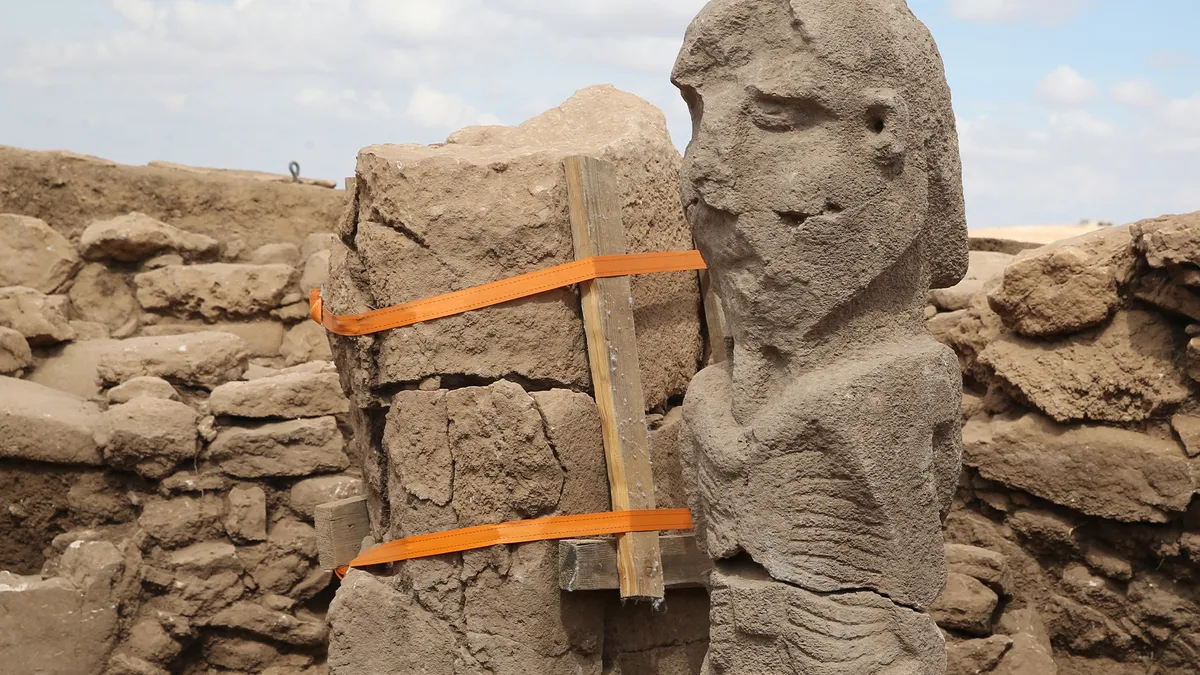
Archaeologists in Turkey have unearthed a nearly 11,000-year-old statue that may depict a giant man clutching his penis, along with a life-size wild boar statue. The two statues come from the neighboring sites of Gobekli Tepe and Karahan Tepe, which are among the oldest temple sites in the world.
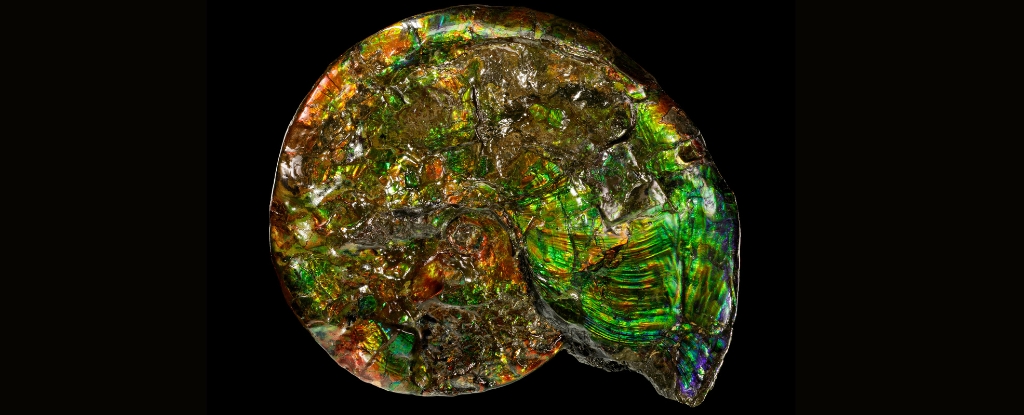
A US team of astrobiologists, philosophers, a mineralogist, a theoretical physicist, and a data scientist describe the “missing law” of nature in an intriguing new peer-reviewed paper.

Traces of ancient DNA appear to have been found within the 6-million-year-old fossil bones of an extinct turtle. This is staggeringly old evidence of DNA and may suggest that genetic material can last much longer than previously appreciated. The study is published in the Journal of Vertebrate Paleontology.
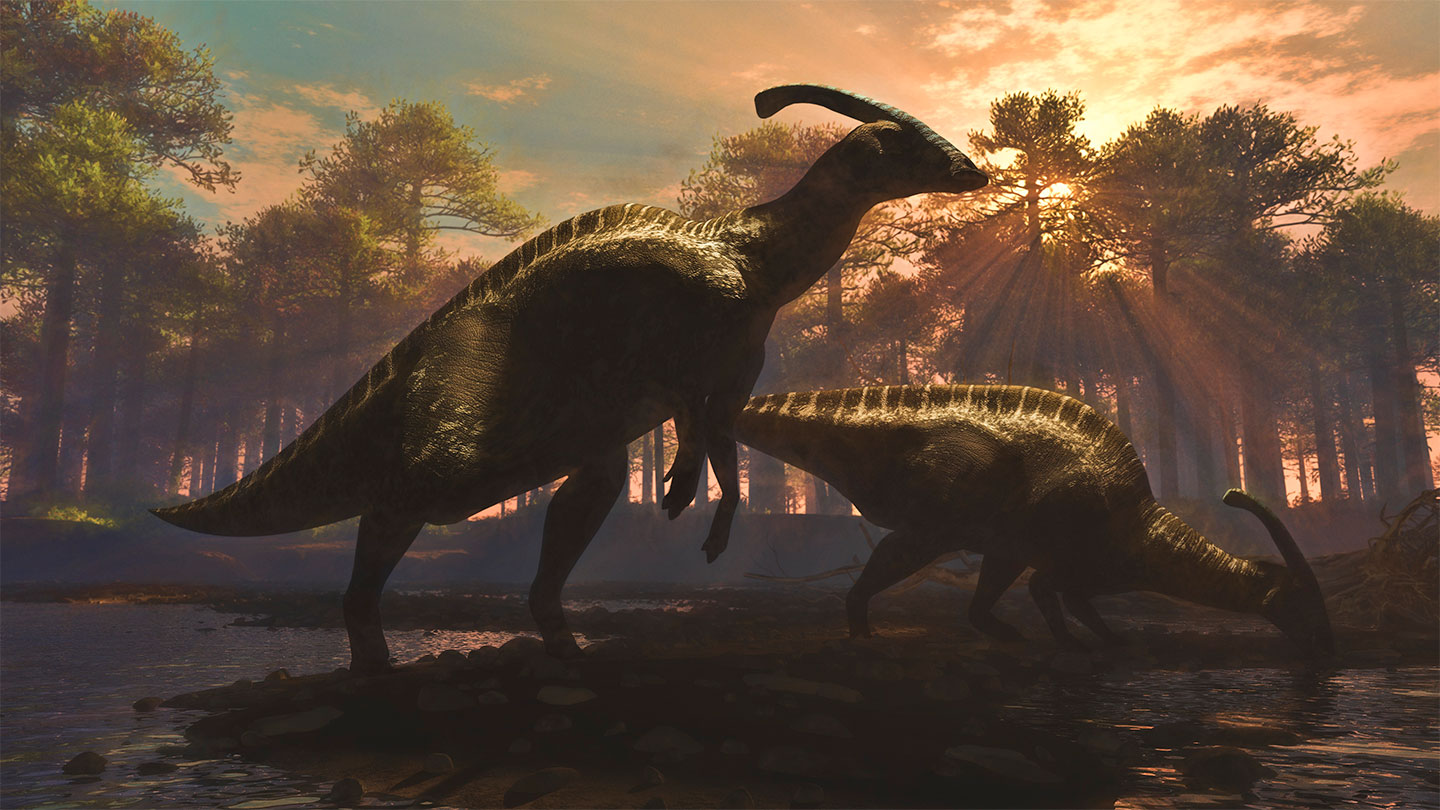
For decades, scientists have vigorously debated whether an asteroid strike or massive volcanic eruptions ended the reign of the dinosaurs 66 million years ago…Now, researchers have devised a new way to identify the true dino killer: Let computers take a crack at it. See the study here.
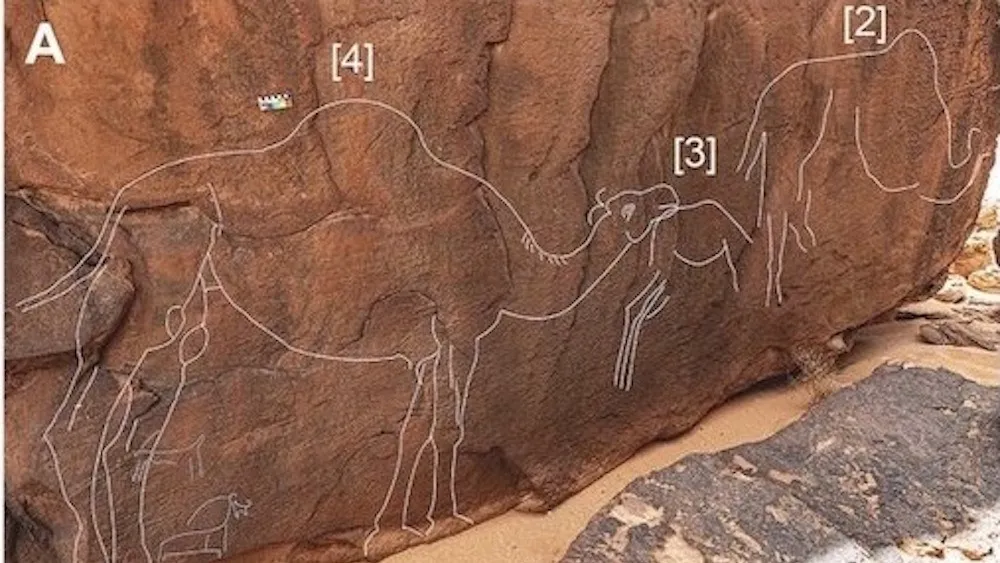
Life-size carvings of camels have been found in the Saudi Arabian desert, but archaeologists aren’t sure who created them and when….Radiocarbon dating of two trenches and two hearths nearby indicate that the Sahout site was repeatedly occupied between the Pleistocene (2.6 million to 11,700 years ago) and the Middle Holocene (7,000 to 5,000 years ago), according to the study.

Our planet has changed a lot over billions of years, from the location of the continents to the makeup of the atmosphere, and a new study looks in detail at the history of the Sahara desert – which wasn’t always an arid wilderness.
A study in the journal Cell sheds new light on the evolution of neurons, focusing on the placozoans, a millimetre-sized marine animal. Researchers at the Centre for Genomic Regulation in Barcelona find evidence that specialized secretory cells found in these unique and ancient creatures may have given rise to neurons in more complex animals.
The European starling boasts a remarkable repertoire. Versatile songbirds that learn warbles, whistles, calls, and songs throughout their lives, starlings rank among the most advanced avian vocal learners. Now a new study published in Science finds that starlings, along with other complex vocal learners, are also superior problem solvers.
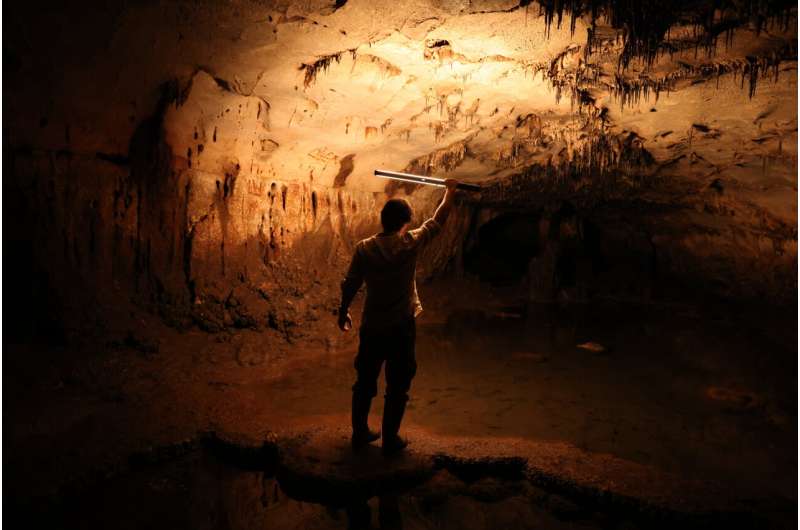
More than 100 ancient paintings and engravings, thought to be at least 24,000 years old, have been found in a 500-meter-long cave in “Cova Dones” or “Cueva Dones”—a site located in Millares near Valencia in Spain. See the research here.








